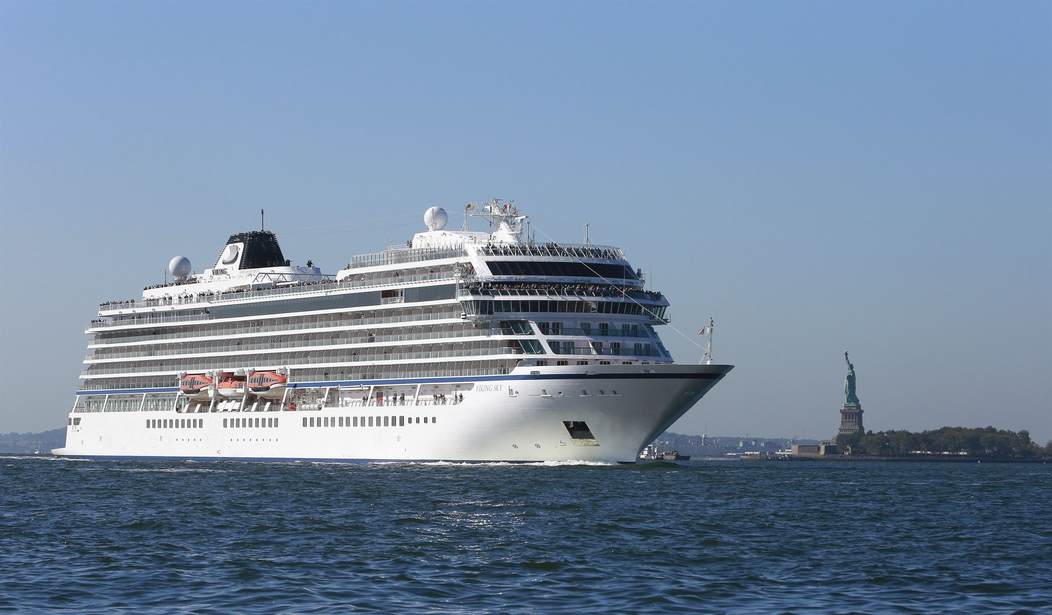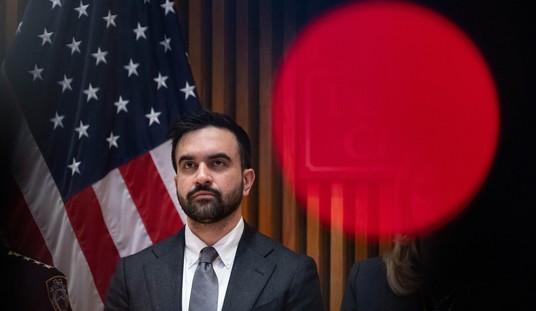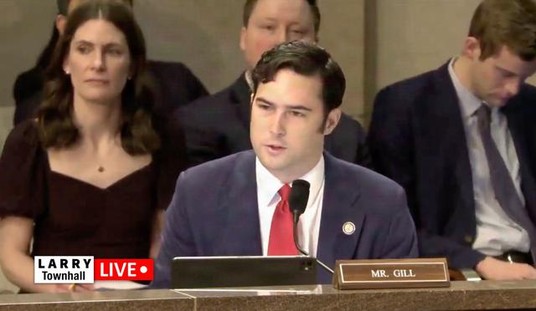Good news for those who enjoy cruises: The Centers for Disease Control on Friday lifted the no-sail ban on cruise ships. Bad news for those who enjoy cruises: Passengers will not be allowed on board ships returning to sea — at least not yet, as reported by People.
According to the latest conditional order from the CDC, which includes new health protocols including mandatory testing and capacity restrictions, it could still be months before passengers are allowed on board, People said.
The health organization released an updated conditional sailing order lifting their no-sail ban and replacing it with a list of new health protocols and a “framework of actionable items” for cruises to follow beginning Nov. 1.
The order — which applies to ships with the capacity to carry at least 250 passengers and travel in U.S. waters — details how cruise lines should take a “phased approach for the safe and responsible resumption of passenger cruises,” making it clear that no passengers will be allowed to sail at this time.
CDC Director Robert R. Redfield, M.D said in a press release:
“This framework provides a pathway to resume safe and responsible sailing. It will mitigate the risk of COVID-19 outbreaks on ships and prevent passengers and crew from seeding outbreaks at ports and in the communities where they live.
“CDC and the cruise industry have a shared goal to protect crew, passengers, and communities and will continue to work together to ensure that all necessary public health procedures are in place before cruise ships begin sailing with passengers.”
During the initial phases, said People, the CDC is requiring that all cruise companies undergo additional testing and social distancing requirements before they can move forward and operate mock voyages. “Mock voyages”?
Ships will then sail on simulated voyages with volunteers pretending to be passengers to “test cruise ship operators’ ability to mitigate COVID-19 risk,” according to the release.
Cruise companies who are able to meet these requirements and obtain proper certification will then be on track to “return to passenger voyages in a manner that mitigates COVID-19 risk among passengers, crew members, and communities.”
Cast your minds back to March 14, those of you who long for your next sailing adventure on the high seas. On that date, the CDC first issued a no-sail order that was intended to stay in place for 30 days. At the time, several cruise ships across the world had become sources of major coronavirus outbreaks. As “they” say, the rest is history.
Infectious disease expert Dr. William Haseltine previously told People that cruise ships are “incubators” for COVID and other transmissible diseases.
“Cruise ships are incubators. Everybody’s close together, packed in all the time. One person gets sick, a lot of them get sick. It’s a very unfavorable environment for disease transmission.”
I’m not an infectious disease expert, nor do I play one on TV, but it seems to me, as is the case with air travel, kids returning to school in numerous European countries, and various other examples of life returning to “normal,” with proper screening, the cruise ship industry should be able to do the same — before its too late for some carriers. Then again, I’m not a fan of cruises so I don’t have a dog in the fight.
In a somewhat related article, earlier today titled Candace Owens, Ladies and Gentlemen: ‘If You Believe That Government Can Stop a Virus, Then You Are an Idiot’, I reported on the conservative commentator and political activist lighting up those who believe Donald Trump and his administration are responsible for the COVID pandemic. Please check it out.
In other “fun” COVID news, check out my RedState colleague streiff’s article titled President Trump Teases That He Will Fire Dr. Anthony Fauci After the Election.
If you have not yet voted, make sure you do. And take along two or ten friends with you.














Join the conversation as a VIP Member